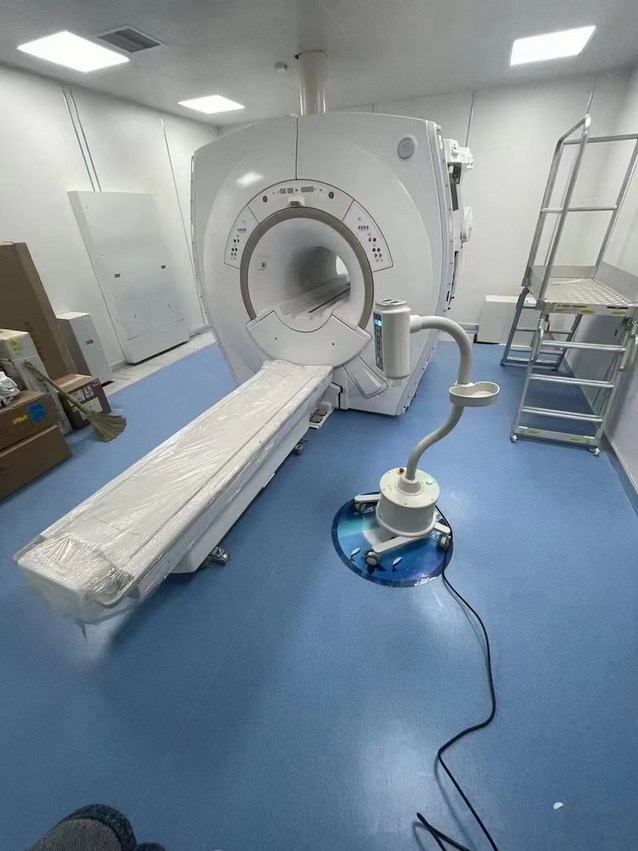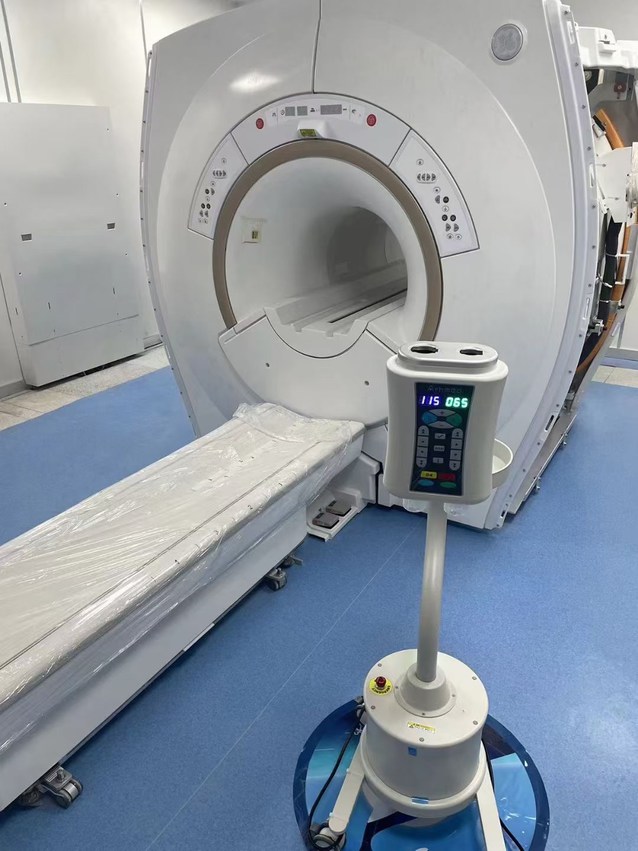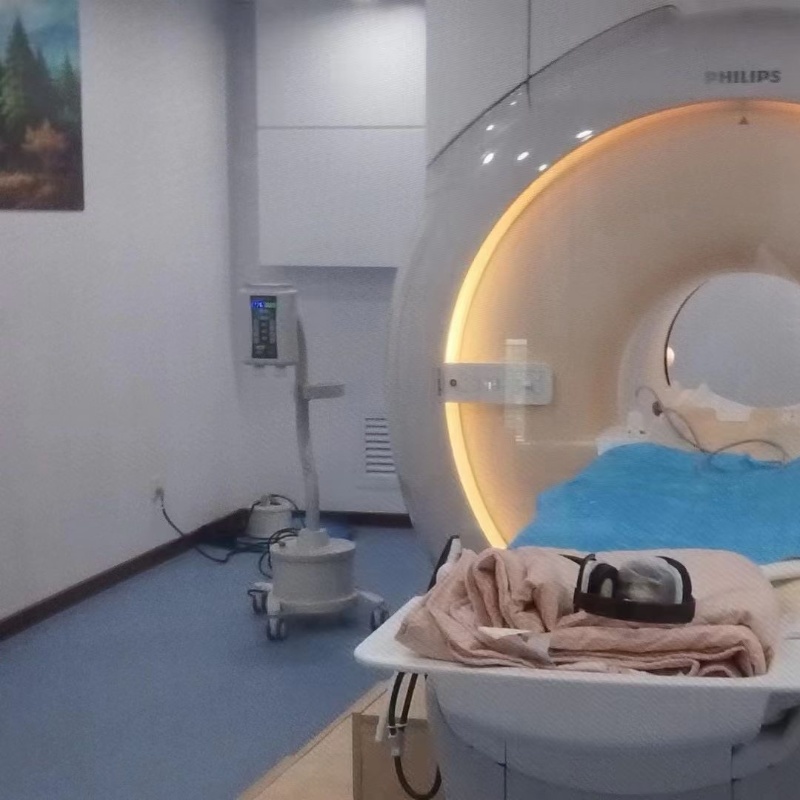If a person is injured while exercising, their healthcare practitioner will order an X-ray. An MRI may be needed if it is severe. However, some patients are so anxious that they desperately need someone who can explain in detail what this type of test entails and what they can expect.
Understandably, any health care issue can lead to feelings of anxiety and tension. Depending on the case, a patient’s care team may start with an imaging scan such as an X-ray, a painless test that collects images of structures in the body. If more information is needed – especially about internal organs or soft tissues – an MRI may be needed.
MRI, or magnetic resonance imaging, is a medical imaging technique that uses magnetic fields and radio waves to create detailed images of organs and tissues in the body.
People often have many misunderstandings and questions when getting an MRI. Here are the top five questions people ask almost every day. Hopefully this helps you understand what to expect when you have a radiology test.
1. How long does this take?
There are many reasons why MRI exams take longer than X-rays and CT scans. First, electromagnetism is used to create these images. We can only go as fast as our bodies are magnetized. Secondly, the aim is to create the best imaging possible, which essentially means more time inside the scanner. But clarity means radiologists are often able to detect pathology more clearly in our images than in images from other facilities.
2.Why do patients have to change my clothes and remove my jewelry?
MRI machines have superconducting magnets that generate heat and create an extremely strong magnetic field, so it is imperative to be safe. The magnets can pull ferrous objects, or those containing iron, into the machine with a large amount of force. This also can cause the machine to rotate and twist with the magnets’ flux lines. Nonferrous objects like aluminum or copper will generate heat once inside the scanner, which may cause burns. There have been instances where clothing has been set on fire. To prevent any of these issues, we ask all patients to change into hospital-approved clothing and remove all jewelry and any devices such as cellphones, hearing aids and other items from the body.
3.My doctor says my implant is safe. Why is my information needed?
To ensure the safety of every patient and technician, it is important to know whether certain devices, such as pacemakers, stimulators, clips, or coils, are implanted in the body. These devices often come with generators or batteries, so an extra layer of security is needed to ensure there is no interference with the machine, its ability to get the most accurate imaging, or its ability to keep you safe. When we know a patient has an implanted device, we must adjust how the scanner operates according to the manufacturer’s guidelines. Specifically, we must ensure that patients can be safely placed inside a 1.5 Tesla (1.5T) scanner or a 3 Tesla (3T) scanner. Tesla is a unit of measurement for magnetic field strength. Mayo Clinic’s MRI scanners are available in 1.5T, 3T, and 7 Tesla (7T) strengths. Doctors must also ensure that the device is in “MRI safe” mode before starting the scan. If a patient enters the MRI environment without taking all safety precautions, the equipment may be damaged or burns may occur or even the patient may go into shock.
4.What injections, if any, will the patient receive?
Many patients receive injections of contrast media, which are used to help enhance imaging. (Contrast media is usually injected into the patient’s body using a high-pressure contrast media injector. Commonly used contrast media injector types include CT single injector, CT double head injector, MRI injector, and Angiography high pressure injector) Injections are usually performed intravenously and will not cause harm or burns. Additionally, depending on the test performed, some patients may receive an injection of a drug called glucagon, which will help slow down the movement of the abdomen so more precise images can be captured.
5. I am claustrophobic. What if I feel unsafe or uncomfortable during the exam?
There is a camera inside the MRI tube so that the technician can monitor the patient. Additionally, patients wear headphones so they can hear instructions and communicate with technicians. If patients feel uncomfortable or anxious at any time during the exam, they can speak up and staff will try to help them. Additionally, for some patients, sedation may be used. If a patient is unable to undergo an MRI, the radiologist and the patient’s referring physician will consult with each other to determine whether another test is more appropriate.
6.Whether it matters which type of facility is visited to obtain an MRI scan.
There are different types of scanners, which can vary in terms of the magnet strength used to gather images. Gennerally we use 1.5T, 3T and 7T scanners. Depending upon the need of the patient and the part of the body being scanned (i.e., brain, spine, abdomen, knee), a specific scanner may be better suited to accurately view a patient’s anatomy and determine a diagnosis.
————————————————————————————————————————————————————————————————————————————————————————————–
LnkMed is a provider of products and services for the radiology field of the medical industry. The contrast medium high-pressure syringes developed and produced by our company, including CT single injector,CT double head injector,MRI injector and angiography contrast media injector, have been sold to about 300 units at home and abroad, and have won the praise of customers. At the same time, LnkMed also provides supporting needles and tubes such as consumables for the following brands: Medrad,Guerbet,Nemoto, etc., as well as positive pressure joints, ferromagnetic detectors and other medical products. LnkMed has always believed that quality is the cornerstone of development, and has been working hard to provide customers with high-quality products and services. If you are looking for medical imaging products, welcome to consult or negotiate with us.
Post time: May-08-2024











